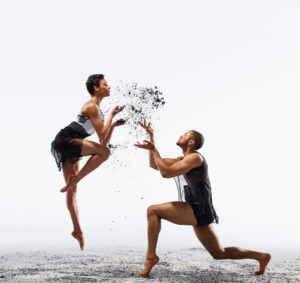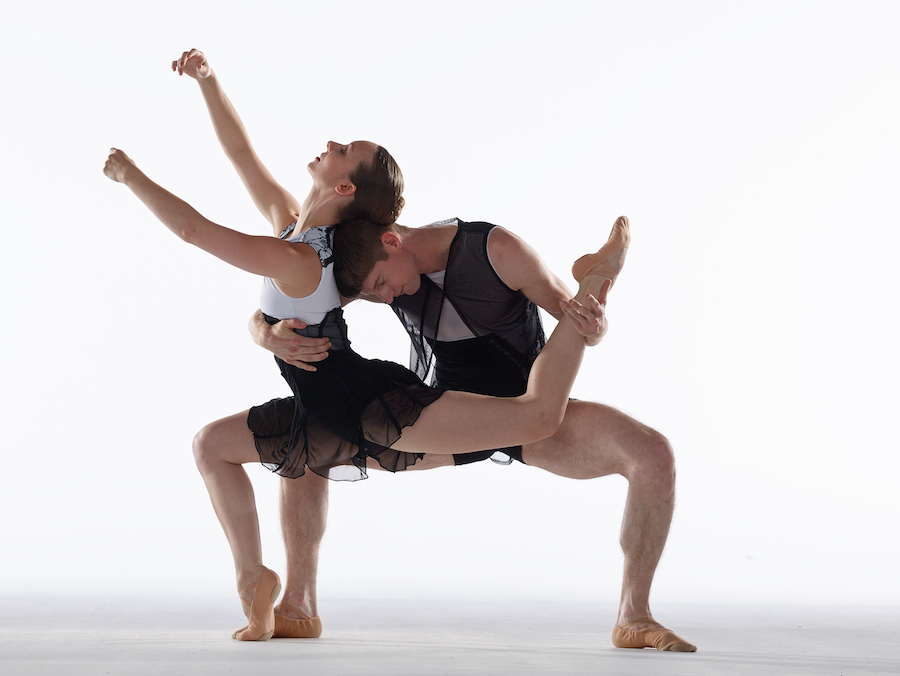

Haunting D minor chords echo and repeat, evoking a sustained, steady, poignant walk. A descending scalic motif emerges, signaling the lowering of the sun and the onset of nightfall. Soon, the music modulates to the related major, F, and there is accompanying change of mood—a little more hopeful, more optimistic. A significant crescendo at the midpoint ushers in a sense of urgency. And in the final minute of the musical selection, another tonal area is explored, a different key entirely. Hinting at a new path maybe, a new discovery or perhaps a new realization.
These were just a few of my observations after listening to Gute Nacht, a five-minute duet for piano and voice, and the first song from Winterreise (D.911, Op. 89), by Franz Schubert. Composed near the end of Schubert’s life, Winterreise, translated as Winter Journey, takes the form of a song cycle, a compositional structure centuries old. While scholars are keen to point out that the song cycle is not a ‘one size fits all’ entity, a general search of the term yields a number of similar definitions, most describing it as a series of separate pieces woven together as one longer work. A few go a step further adding that selections in a song cycle often have some relational thread. Winterreise fits both criteria. First, it is made up of two dozen individual songs. And second, it has connective tissue. Twenty-four poems (in German) by Wilhelm Müller serve as the source material. Müller’s poetry tells of a journey, through space and time, of one who is experiencing loss, is contemplating the fragility of human existence and is struggling with the porousness between joy and sorrow. Schubert composed Winterreise in such a way to mirror and reveal these themes. The score of solo piano and a single male vocal line equally contributes to the mood and setting; the emotions and the narrative oozing from the music. I definitely could hear them as I experienced part one of Winterreise.

Amy Seiwert’s Imagery also finds themselves on a journey right now, traversing new territory for the upcoming SKETCH 7: Wandering. A convergence of contemporary ballet and Schubert’s Winterreise song cycle, Wandering marks a creative departure for Artistic Director Amy Seiwert, who has typically been pulled more towards the abstract side of dancemaking. Instead, Wandering sojourns into narrative choreography. Daring to take bold chances – a core tenet of Imagery’s annual SKETCH series.
“SKETCH is about risk and trying to move outside comfort zones,” explains Seiwert. Since its inception in 2011, each iteration of SKETCH has been built around a theme—a particular choreographic challenge posed to the participating dance artists. With their artistic puzzle in hand, the SKETCH artists then set out to craft new work, incubating ideas and pushing their compositional practice. Past years have delved into collaborative processes, the relationship between movement and text as well as the choreographic interpretation of music and sound. The trend continues with 2017’s SKETCH program. For the seventh iteration of this artistic laboratory, Seiwert is challenging herself to create an evening-length narrative work.
“I’ve never done a full evening work or a full narrative work,” Seiwert relays, “I’ve always had a fascination with how to speak choreographically, with ballet language and where I could take it, but I never felt a big pull to be a story-teller.” That is until recently, when Seiwert began to notice a shift, “of late, I have felt a need for narrative stories and a desire to say something more linear.” Schubert’s emotive, plot-based score seemed an ideal musical collaborator. Seiwert first encountered excerpts of the music back in 2015, when she and KT Nelson were building Starting Over at the End for SKETCH 5, “I fell in love with the songs and the sense of mystery they can hold; exploring an entire song cycle felt like a natural next step.” And then there was also the space inherent in the song cycle form that appealed to Seiwert, the room for another creative voice, “I think there is something fantastic about the song cycle with the piano and the voice–when you create to highly orchestrated music, it’s so huge and can leave you wondering where, how or does the dance fit in. In this, there is so much space for the dance.”
Seiwert dove into this artistic experiment and began work on Wandering, an apt title considering both the text of Schubert’s song cycle and that she is venturing out in this new direction. A number of different aspects have been part of the early process: digging into the storytelling form in dance, researching/seeing narrative work, studying the Winterreise song cycle and considering how to get a message across with movement. “This is definitely where I am less comfortable and it feels like a massive undertaking,” admits Seiwert, “but I want to try this different aspect and see if I can generate a narrative thread that engages the viewer for an entire evening.”
Choreographically, Wandering furthers Seiwert’s lifelong exploration of ballet language, “I am constantly looking for unexpected ways to use what we know, and see what the body can do when we look past a habitual kinetic response.” At the same time, the narrative-based phrase material is in deep conversation with Schubert’s emotionally charged score. Seiwert is excited to see that relationship intensify as the construction of Wandering continues, “Winterreise starts with rejection and a loss of place, the protagonist is out and lost and wandering in the world.” Some of the choreographic motifs that the company is currently working on in rehearsal reflect a similar sense of searching and seeking, for something or someone. Hands reach longingly outward into space; big extensions unfold in the legs and arms, in lifts and balances; running and walking motifs are investigated on the floor and in the air.
The seventy-minute contemporary ballet will be danced by a cast of eight and features two Acts. “I appreciate time to step away from a performance and come back after a brief rest,” Seiwert says, “so I was curious to think about whether there could be a break or intermission in the evening, and after listening to the music, there felt like an obvious moment of pause.” Collaborating with Seiwert for the project are costume designer Susan Roemer and visual designer Brian Jones, whose work for Wandering is supported by a Dancers’ Group Lighting Artists in Dance Award.
Wandering also has an interesting bi-coastal element to it. The dance will see its San Francisco premiere (and world premiere) on July 21st at the Cowell Theater in Fort Mason, and then the following week, will head to New York City for the Joyce Theater’s 2017 Ballet Festival. The Joyce Theater Foundation has been instrumental in the development of Wandering, providing financial backing for studio space and artistic personnel. “We [are] one of two creative residencies that the Joyce offers each year, which means that the stress of ‘can we afford to do this’ has been lifted and I’m able to complete the creative vision that I set out in the first place,” adds Seiwert.
Part one of that vision has definitely been realized, as Wandering has taken Seiwert outside of her usual creative space and into a new choreographic realm, “I’ve had to trust myself to go there with my risks and be bold enough in my choices so as to try and make a connection with the audience – that’s the scary part.” Scary indeed, but also ripe with possibility. And very soon, it will be time to see what Wandering brings, what those possibilities and revelations might be. Time to launch part two of the experiment—presenting the ballet in front of an audience. Seiwert’s main metric is that the piece elicits a reaction. “This work has been in the pipeline for over a year and a half, but I’ve been able to see parallels in the poem – loss of love, loss of home, the feeling of being unmoored – that speak very much to now,” Seiwert shares, “I hope that the audience feels something, that Wandering resonates with them and generates an emotional response; indifference is the biggest failure.”


